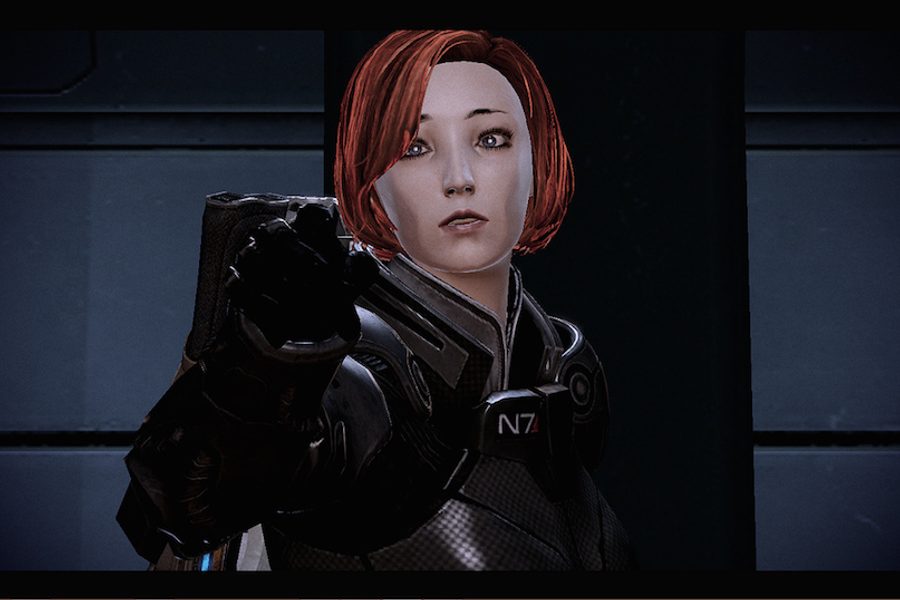Video Game Voice Actors Push for Strike Over Performance Bonuses and Stressful Recordings
Branko Marcetic

After several failed negotiations with producers, frustrated video game actors may vote to strike for royalties and fairer work conditions that match those of other industries, threatening potentially massive upheaval in the $91.5 billion industry.
Voice actors are demanding they receive residual income based on sales, with a performance bonus for every 2 million online subscribers or copies sold. This set-up is designed to ensure smaller games are unaffected, as this is the threshold at which a game can be considered a “blockbuster,” according to creen Actors Guild and the American Federation of Television and Radio Artists (SAG-AFTRA), the union representing the actors.
SAG-AFTRA also wants actors to receive stunt pay for “vocally stressful recording sessions,” to have stunt coordinators on set for motion capture actors and for more transparency around projects prior to auditions. The union had put these demands to employers at two rounds of negotiations earlier this year, both of which stalled.
The demands are not particularly controversial when looked at in the scope of the wider acting world. Residuals for actors are a long-established part of the television industry, for instance. And, as SAG-AFTRA points out, performance bonuses are not unheard of in video games — as long as you’re an executive.
Not only that, but video game voice actors are paid less for what can be exhausting and bewildering work. Story-heavy games have around 1,200−1,500 lines of dialogue per character, and actors are often asked to record lines multiple times for hours with little understanding of what they’re saying and why. At the same time, while the industry has grown by more than four times the rate of the U.S. economy, actors are only paid around $200 an hour — $100 less than a typical TV gig, according to Polygon—for part-time work.
The issue of labor conditions in the video game industry has drawn attention for the first time recently. In 2013, former game designer Ian Williams wrote in Jacobin about his experience with abuse in the industry, “citing gross underpayment, severe overworking and middle management treating the cubicle farm as a little fiefdom all their own,” as well as widespread abuse of temp workers. Williams called for video game workers to unionize and form “an alliance between middle-rung workers and those itching to take their jobs below.”
The voting deadline for strike authorization is October 5, by which time SAG-AFTRA needs at least 75 percent of its voters to vote “yes.” A number of the video game voice acting world’s big names have already put their weight behind the action, including Jennifer Hale (Mass Effect), David Hayter (Metal Gear Solid), Wil Wheaton (Grand Theft Auto) and Tara Strong (Batman: Arkham series).
The last time video game voice actors threatened a strike, in 2005, they won a number of important concessions — but residuals was not one of them.
Branko Marcetic is a staff writer at Jacobin magazine and a 2019-2020 Leonard C. Goodman Institute for Investigative Reporting fellow. He is the author of Yesterday’s Man: The Case Against Joe Biden.








